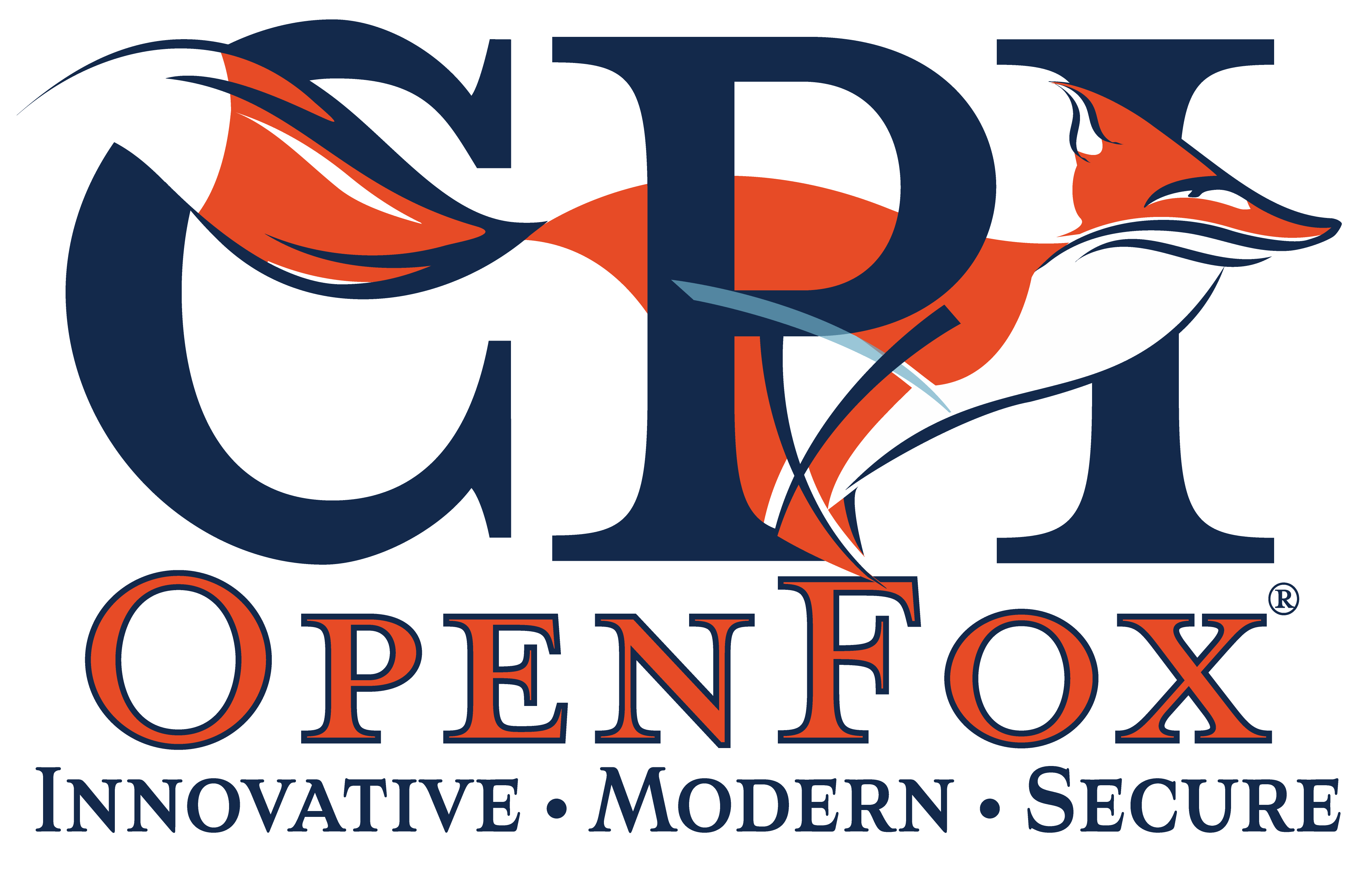Police and law enforcement at all levels leverage technology to help detect and solve crimes. There are many different types of software that agencies can use to prevent criminal activities and improve public safety. Some of the most common types of software used by police and law enforcement include:
1. Data & Information Sharing Software
Every day, law enforcement officials are tasked with sifting through large amounts of data collected during day-to-day operations. This information is often shared across numerous agencies to ensure that police have access to the data they need to do their job efficiently.
Data and information-sharing software can provide officers with the most up-to-date information and is often made available in real time. This type of software can deliver countless advantages, such as the identification of crime patterns, sharing of resources and an increase in apprehension rates.
2. Emergency Response Software
 Emergency response software is commonly used by police departments and law enforcement agencies to prepare for and manage emergencies. This type of software can be useful for simulating possible emergencies, coordinating messaging and notifications, and operationalizing procedures.
Emergency response software is commonly used by police departments and law enforcement agencies to prepare for and manage emergencies. This type of software can be useful for simulating possible emergencies, coordinating messaging and notifications, and operationalizing procedures.
Law enforcement can also use emergency response software to develop business continuity plans which can be updated and improved over time using post-crisis feedback. With emergency response software solutions, law enforcement officials can more confidently respond to difficult emergencies.
3. Incident Planning Software
Incident planning software consists of multiple tools used to capture real-time data in a collaborative environment. This type of software brings greater situational awareness to users ensuring that law enforcement officials are able to act swiftly and appropriately when faced with difficult scenarios.
With incident planning software, agencies can develop strategies to properly respond to a wide range of incidents. Tracking past incidents and reviewing historic data can be useful when developing plans to resolve incidents safely and efficiently.
4. Case Management Software
Law enforcement officials rely on case management software to help analyze crimes and bring evidence together to solve cases. Case managers are given access to a variety of tools and features used to record incidents, follow workflows, upload documents and gather case data.
Case management software has a wide range of uses. It is often used during investigations to help analyze evidence, collaborate with other parties, organize reports and optimize resources. Law enforcement may also use it to prepare cases for trial.
5. Equipment Tracking Software
Law enforcement officials use many types of equipment in their day-to-day operations. Technology in that equipment, such as radios, cell phones and in-car laptops, plays a key role in helping officers record accurate details, organize information and analyze data.
Keeping track of law enforcement equipment is essential for the efficiency of agencies and the safety of the public. For example, a firearm that is unaccounted for could potentially put the community at risk. Equipment tracking software helps law enforcement keep track of their equipment.
6. K9 Management Software
 Police dogs perform alongside officers to aid in investigations and often accompany police on the scene of incidents. As with police officers, police dogs must go through the appropriate training before joining the force and must meet certain qualifications.
Police dogs perform alongside officers to aid in investigations and often accompany police on the scene of incidents. As with police officers, police dogs must go through the appropriate training before joining the force and must meet certain qualifications.
K9 management software is commonly used by law enforcement agencies with multiple police dogs. This type of software can be useful for maintaining training activity, recording medical treatments and managing deployment logs for every animal.
7. Performance Evaluation Software
Proper training is essential in the law enforcement industry. Without necessary training, recruits are at a high risk of injury and could potentially put the lives of others in danger. Field training officers have the important job of helping law enforcement recruits acclimate to their new environment.
There is a considerable amount of recordkeeping that goes into managing police recruits as field training officers must keep files on each trainee. This work can be simplified with the help of performance evaluation software which allows for the easy creation of performance reviews.
8. Employee Records Management Software
Employees are required to meet many requirements before joining the force. In addition to completing extensive training, officers must complete a series of tests and certifications. From weapons training and firearm licenses to psych evaluations, these records must be accurately maintained and updated in an accessible, digital form.
Employee records management software is designed to safely store employee data. Instead of keeping paper files in a filing cabinet where they can become damaged or stolen, employee records are digitized with restricted access only by authorized personnel.
Schedule a Consultation with CPI OpenFox
Today, having access to the right technology is more important than ever for police and law enforcement. Fortunately, local and state law enforcement departments across the U.S. can obtain the tools and features they need to do their jobs effectively. To learn more about innovative law enforcement software and data-sharing solutions, schedule a consultation with OpenFox.


